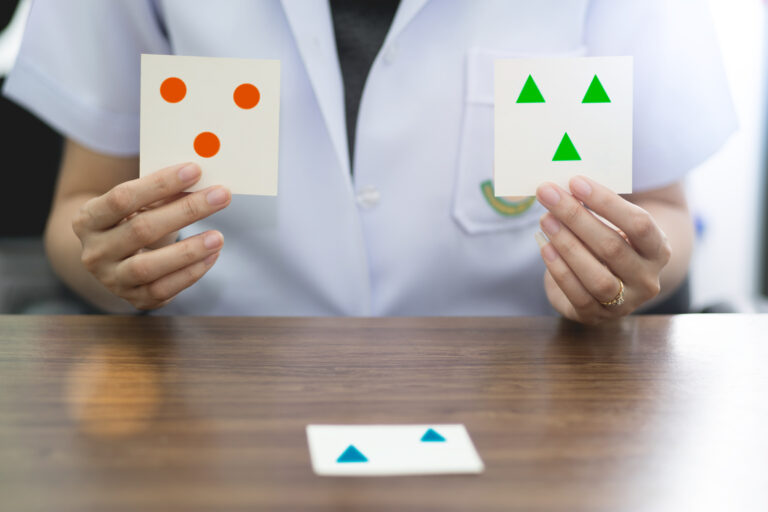Your feet go through some pretty surprising changes once you hit your 30s, and many of these shifts happen quietly at first. It’s not just about getting older; it’s about how the wear and tear from years of walking, standing, sports, pregnancy, or even the shoes you wear start to reshape your feet in weird ways.
One of the strangest things is that your feet actually get longer and wider. This happens because the ligaments and connective tissues that hold everything together begin to loosen up a bit over time. When those ligaments weaken, your arches can start to collapse or flatten out more than before — something called acquired flatfoot. So if you notice your shoe size creeping up or feeling tighter around the toes after years of wearing the same size, this is why.
Along with structural changes like flatter arches and wider feet comes a shift in how pressure is distributed when you walk or stand. Your gait subtly alters as certain parts of your foot take on more weight than they used to. This can lead to discomfort in new spots like the ball of your foot or heel.
Functionally, things slow down too. The joints in your toes and ankles lose some flexibility which means less nimble movement overall. Your balance might not be as sharp either because reaction times decline slightly with age—making falls a bigger risk if you’re not careful.
Skin on your feet also changes — it tends to dry out more easily leading to cracked heels or calluses if neglected. These cracks aren’t just annoying; they can become painful or even infected if left untreated.
What’s really interesting is how much our footwear affects these changes. Shoes designed with tight toe boxes or excessive cushioning might actually restrict natural foot movement rather than support it properly over time. Some experts suggest trying shoes that allow for more freedom—like barefoot-style shoes—and doing simple exercises such as toe spreads and towel scrunches daily can help keep those tiny joints active and strong.
If pain starts creeping in—whether chronic heel pain, swelling that doesn’t go away overnight, numbness, tingling sensations—or if toenails become thickened or discolored making self-care difficult—it’s wise to see a podiatrist sooner rather than later before problems worsen.
So while it may seem odd at first that something as basic as our own two feet change shape and function after 30 without us noticing right away—the truth is they are adapting silently all along from years of use combined with natural aging processes. Paying attention early by choosing better footwear options and keeping those muscles moving will make all the difference for happy healthy steps ahead!





